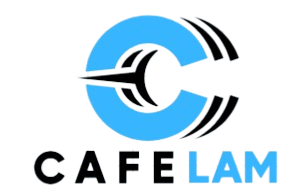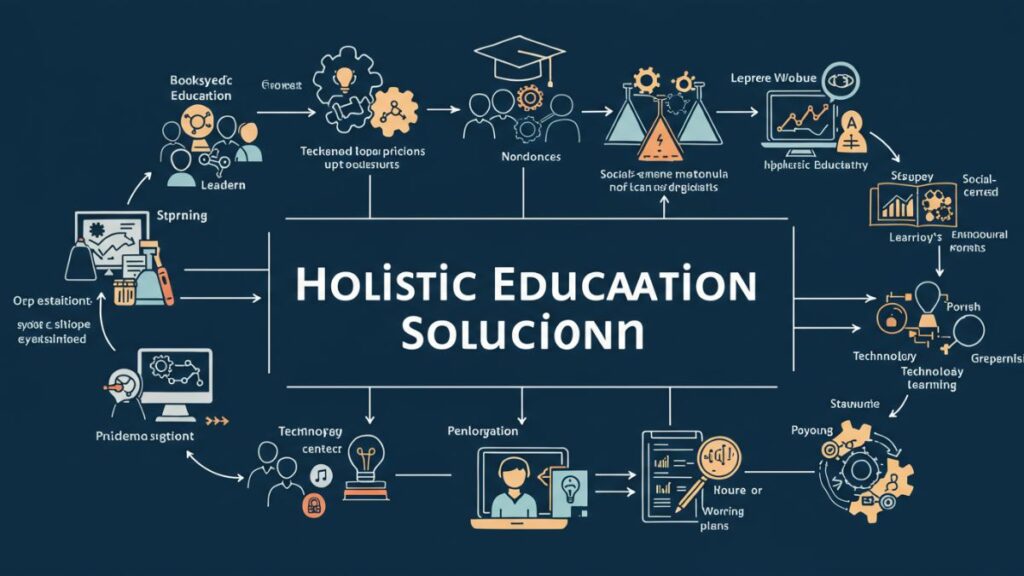Introduction: A New Era in Education
In the 21st century, the purpose of education has evolved. No longer is it sufficient to equip students only with academic knowledge. The challenges of modern life—ranging from mental health struggles to the need for adaptive, critical thinking—demand a more integrated approach to learning. This is where Holistic Education Solutions come into play. These solutions recognize that true learning involves more than just the mind; it involves the body, emotions, and spirit as well.
Holistic education aims to nurture well-rounded individuals who are emotionally intelligent, socially conscious, physically healthy, and intellectually capable. By combining traditional academics with life skills, emotional development, creativity, and ethics, holistic approaches offer a pathway to not just better students, but better people.
What Are Holistic Education Solutions?
Holistic Education Solutions encompass a wide variety of teaching methods, curricula, tools, and support systems designed to address every facet of a learner’s development. These solutions are rooted in the belief that education should be learner-centered, experiential, and connected to real-world issues.
Key Components:
- Academic Excellence: Encouraging mastery of core subjects through personalized and engaging teaching methods.
- Emotional Intelligence: Teaching self-awareness, empathy, and emotional regulation.
- Physical Wellbeing: Incorporating movement, health education, and mindfulness into the daily routine.
- Creative Expression: Fostering artistic and musical talents, as well as problem-solving through innovative thinking.
- Ethical and Social Awareness: Emphasizing values like respect, compassion, and responsibility.
- Environmental and Global Consciousness: Instilling a sense of stewardship and understanding of global issues.
Why Holistic Education Is Important Today
The traditional model of education often neglects vital life skills and emotional development. Students may graduate with strong academic records but lack confidence, communication skills, or the resilience to navigate life’s complexities. Holistic education solutions fill these gaps, helping learners thrive both inside and outside the classroom.
Benefits Include:
- Improved mental and emotional health
- Better academic performance through integrated learning
- Stronger relationships with peers and adults
- Greater creativity and innovation
- Enhanced problem-solving and critical thinking skills
- Higher levels of engagement and motivation
How Holistic Education Solutions Work in Practice
Holistic education is not a one-size-fits-all model. It adapts to the needs of the community, culture, and individual learners. Here are a few ways it’s implemented:
1. Project-Based Learning
Students explore real-world problems, encouraging collaboration, research, and practical application of knowledge.
2. Social-Emotional Learning (SEL)
Dedicated time is given to explore topics like emotional regulation, empathy, and interpersonal skills.
3. Mindfulness and Wellness Programs
Schools integrate yoga, meditation, and physical fitness into the daily routine to support mental and physical health.
4. Inclusive and Diverse Curriculum
Education incorporates multiple perspectives, emphasizing cultural awareness and social justice.
5. Student-Led Learning
Learners take ownership of their education, choosing projects, setting goals, and reflecting on progress.
If you want to read more, visit our blog page. We have more topics!
Challenges in Implementing Holistic Education
While the benefits are clear, holistic education does face some barriers:
- Lack of training: Educators may not be prepared to teach beyond the academic curriculum.
- Standardized testing pressures: Many schools are still bound to test-centric models.
- Resource limitations: Not all schools have the funding or staff to implement holistic programs.
- Cultural resistance: Some communities may be hesitant to shift from traditional teaching methods.
However, with proper planning, training, and policy support, these challenges can be addressed.
The Role of Technology in Holistic Education
Modern educational technology can play a powerful role in holistic education. Interactive platforms, AI-based learning tools, and virtual classrooms can help personalize learning, track emotional well-being, and provide resources for creative and physical development.
Apps focused on mindfulness, educational games, and virtual collaboration tools are just a few examples of how technology can support a holistic learning environment.
Conclusion: Building a Brighter Future
Holistic Education Solutions are more than just a trend—they are a necessity for creating balanced, capable, and compassionate individuals. By recognizing and nurturing the full spectrum of human potential, holistic education prepares students not only for careers, but for life itself. It encourages growth that is sustainable, meaningful, and aligned with the needs of a complex world.
For parents, educators, and policymakers, investing in holistic education means investing in a better future—for individuals, communities, and the planet.
Should you wish to explore other topics, head to our main blog. We’ve got more!
Frequently Asked Questions (FAQs)
Q1: What is the main goal of holistic education?
A: The main goal is to educate the whole person—intellectually, emotionally, physically, socially, and spiritually—for lifelong learning and personal growth.
Q2: Is holistic education suitable for all age groups?
A: Yes, holistic education can be adapted for early childhood, primary, secondary, and even higher education settings.
Q3: How does holistic education impact academic performance?
A: Studies show that students in holistic environments often perform better academically due to improved engagement, confidence, and emotional well-being.
Q4: Can holistic education be implemented in traditional schools?
A: Absolutely. With thoughtful integration of SEL, project-based learning, and wellness programs, traditional schools can gradually adopt holistic practices.
Q5: Are there any global examples of holistic education?
A: Yes, countries like Finland, New Zealand, and some progressive schools in the U.S. and India have successfully implemented holistic education frameworks.
Want to hear more tips? Please look at our page for more informative and helpful blog posts.







